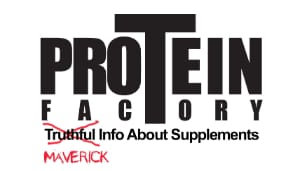When you work out regularly, whether you hit the gym or go running, you can potentially damage your muscles. In turn, that can cause other problems such as an increased heart rate, body temperature, and oxygen consumption. Such adaptions can take minutes, hours, or days to get back to normal levels. So, it’s important you give your body time to recover, otherwise, you could create more health problems. Maintaining a proper diet is one way of recovering. For instance, if you eat snacks that are high in protein and carbohydrates after working out, you can recover more quickly because the nutrients enable your muscle tissue to start repairing. However, to fully recover from muscle issues, you need more than just the proper diet.
Image source: https://www.pexels.com/photo/man-beach-love-people-7298631/
Quality Sleep Is Critical
One of the best ways of speeding up muscle recovery is the most natural: get a good night’s sleep. Studies continually show that getting eight hours of sleep is optimum for recovering after a solid workout while not getting enough sleep has been shown to increase stress hormones and decrease glycogen production, both of which will slow your recovery.
Recovery Shoes Enable You to Get Back on Your Feet
You can go for a light jog or walk to help you recover, but you need to ensure you don’t just wear any old running shoes. By wearing specifically designed recovery shoes, you can reduce soreness and fatigue, while assisting the recovery process. The best shoes have arch support and loads of cushioning. So, choose a good recovery shoe to help you recover.
Good Blood Flow Is a Must
Your muscles need oxygen in order to recover. Blood carries oxygen to your muscles, so it’s crucial that blood flow is promoted to your affected body areas. By increasing blood flow, you can quicken muscle recovery. There are several ways of increasing blood flow. You can use hot and cold water as professional athletes do, but a simpler method is to move around. Going for a light walk or a jog can help. So can repeating the same movement patterns you performed during the workout that caused your muscle issue, only with lower intensity.
Compression Garments Can Promote Good Blood Flow and Reach Deeper Blood Vessels
Compression tights and socks can also help to promote blood flow. The tightness of compression fabrics allows blood to flow to deeper blood vessels rather than those solely on the surface, which means muscle fibers can obtain nutrients and potentially heal quicker. Compression garments can also aid in muscle recovery by reducing inflammation and soreness.
Elevating Your Legs Can Reduce Swelling
Whether it’s running, walking, standing, or sitting, you will undoubtedly spend most of your time with your legs facing down. If you elevate your legs, such as resting them upwards against a wall, for between five and ten minutes a day, you can help to reduce the swelling in your muscles. You can also use yoga poses to improve your circulation.
A Cool Bath Can Reduce Swelling Too
If your muscles are sore and swollen for a few days after a workout, having a cool bath can help to reduce the inflammation. However, if a cool bath has not prevented the swelling and pain after around five days, you should see a health professional, to find other treatment options.

